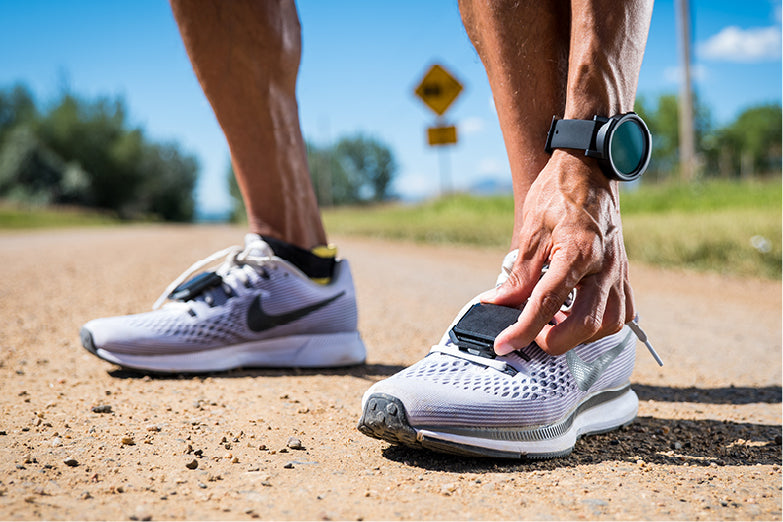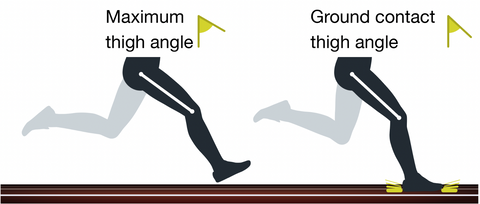LEOMO Running

Improving your running performance starts with improving your running form
Get a cool running form everybody admires with LEOMO!
A cool running form everybody admires
Runners with cool running forms not only look good, but they run faster and don’t get injured. Everyone can agree that the fastest marathon runner of all time Eliud Kipchoge’s running form is flawless and beautiful. By getting a perfect running form like elite runners, you can run efficiently with less strain on your body and less likely to get injured. Subsequently, your can improve your running time.


Your unique running form comes with disadvantages
You might think it is OK to run with your unique running form as long as
you feel comfortable. However, your unique running form can cause some
problems such as:
- Getting running-related foot injuries
- Running performance isn’t improving
- Hitting the wall around the 30-km mark and
- Not being able to maintain your pace after 30km
- Having a bad running form
Use motion sensors to get to know your running form characteristics
Capture your running form data with LEOMO’s motion sensors to assess your running techniques. By quantifying your running form using sensors, you can compare the differences between your running form and elite runners’ running forms. Comparing your running form with elite runners’ forms gives a clearer picture of where you should improve.

Quantify your running form with MPI
We developed the standard score system called Motion Performance
Indicators (MPIs), for running form evaluation.
We condense massive running form data into MPIs to make running form
analysis easier and improve the diagnostic accuracy of running form
errors.

Landing pattern (LP)
The pattern of how the foot lands when viewed from the side. It can be broadly divided into three patterns: heel, midfoot, and forefoot.

Strike Angular Range (Strike AR)
How much you swing your foot and shin backwards before landing.

Thigh Strike AR (TSAR)
How much can you swing your thighs back before landing.

Recoil Angular Range (Recoil AR)
Represents the difference between the angle at the moment of takeoff and the maximum upward angular rotation of the tibia.
Trusted by the elite runners,
the most reliable form
improvement programs and technology
World’s best runners and running teams leverage LEOMO’s running form improvement programs and technology to further improve their performance.
Running form assessments
1. LEOMO Protocol
- Base assessments: An evaluation of your running form by combining the
assessments of the individual movements and comparing them to the ideal
running form.
- Distance assessments: Evaluate athletes‘ ability to respond to changes
such as speed and distance. Evaluate your movements that you have
problems in responding to speed and struggle to maintain, and then, come
up with a plan to improve them.

2. Periodic assessments: Recognize the progress that you are making to improve your running form by periodically assessing your running form through data.

3. Use the data in training on a daily basis: Take notice of the progress of your running form improvements by incorporate the elements of the proper running form in your regular training.

Analyze running forms
like a pro with LEOMO’s web app
Analyze running form instantly by utilizing TYPE-S’ real-time calculation features of running MPIs. For in-depth analysis, access LEOMO’s Web App and display running form data on a larger monitor. Your running form analysis gets more thorough and easier with the web app.

Running form improvement programs, powered by running form data analysis
Endorsed by some of world’s top runners.
An innovative running performance improvement programs by LEOMO
RunX Athletes Academy
The science-based running training programs. Improve your running performance with running form analysis and the running form improvement workout.

RunX Lab
The running performance improvement programs for elite and professional runners. Optimize your training plans by getting running form analysis reports and advice on how to improve your running form.



